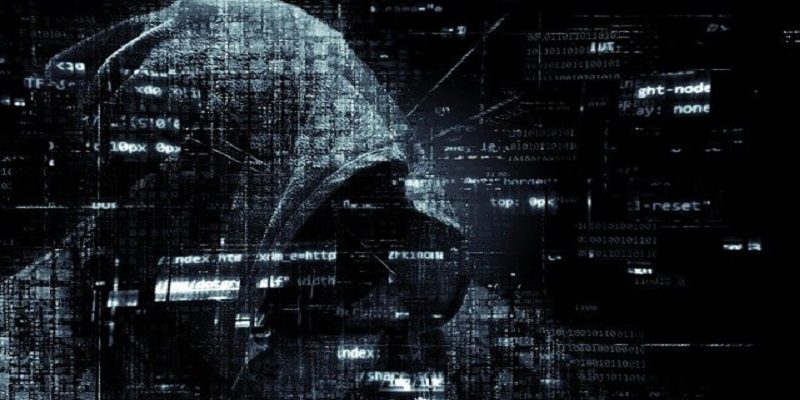McAfee Enterprise and FireEye released Cybercrime in a Pandemic World: The Impact of COVID-19 findings, revealing the imminent need for organisations to prioritise and strengthen their cybersecurity architecture. The findings brought to light that during the past 18 months, 81 per cent of global organisations experienced increased cyber threats, with 77 per cent of the organisations in India experiencing downtime due to a cyber incident during a peak festive season. Further, while the top three most threatening cyber risks that were detected are malware attacks (47 per cent), data breaches (43 per cent), ransomware and cloud jacking (33 per cent each), over 30 per cent of the IT professionals also experienced vulnerabilities in their ‘Internet of Things’ devices.
According to IT professionals in India, holidays have been the most challenging peak periods for cybercrimes – while 52 per cent of them indicated festive holidays such Diwali, Ramadan, Christmas as the peak period; 32 per cent of them pointed at bank holidays, and 12 per cent of them at summer vacations in schools and colleges. During these peak periods, 91 per cent of them find maintaining a fully staffed security team/SOC even more challenging as with the adoption of a hybrid work model, 59 per cent of them expect half or more of their organisations’ workforce to be remote in some capacity.
“It is imperative that all business of scale evaluate and prioritise security technology to keep them protected, especially during peak seasons like the holidays. Traditional approaches are no longer enough – 94 per cent want their organisation to improve its overall cyber readiness – and businesses need an integrated security architecture and an always on approach to prevent, protect and react to the threats of today,” said Bryan Palma, CEO, the newly combined company.
“Cyberattacks tend to skyrocket in India during the holiday season as we tend to spend more time online and often let our guard down. Taking advantage of this, bad actors adopt newer techniques and sophisticated means to target businesses when they’re most vulnerable. The problem is further exacerbated with employees using the same devices for personal and office work exposing critical networks and thus, with an eye to stay ahead of criminals, organisations need to ramp up their cybersecurity readiness and undertake adequate security measures,” said Venkat Krishnapur, Vice President, Engineering and Managing Director, McAfee Enterprise, India.
As per the findings, the top three cyber risks of 2022 that are the most threatening to businesses/industries in India will continue to be malware attacks (54 per cent), data breaches (50 per cent) and cloud jacking (35 per cent). However, there are ways for organisations to be proactive against cybercrime, such as implementing security measures, providing cybersecurity awareness training for employees, and developing prevention and response plans. The findings also suggest that it’s mainly the IT Director(s) (58 per cent) and the IT Manager(s) (56 per cent) who are involved in making the decisions when implementing changes to business, organisation cyber security solutions and practice.








